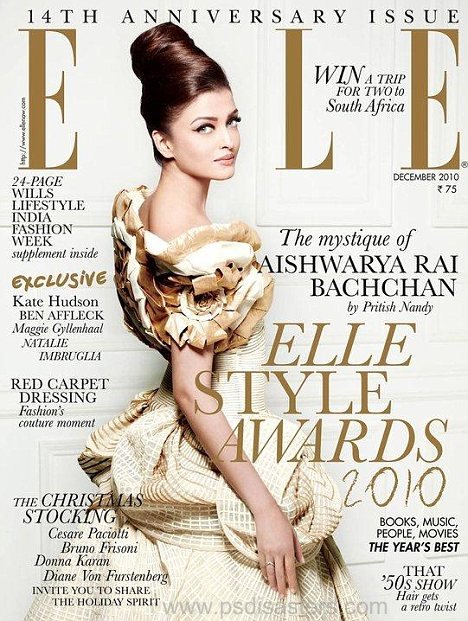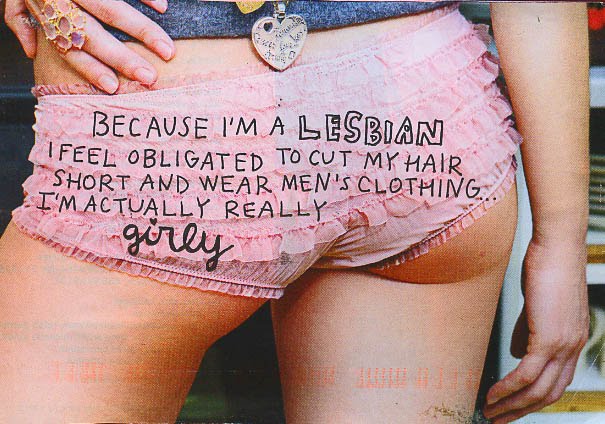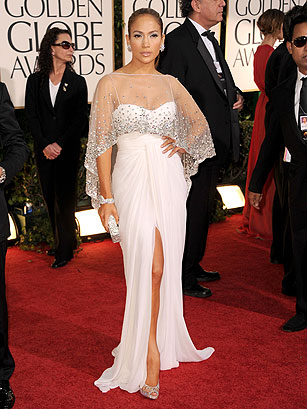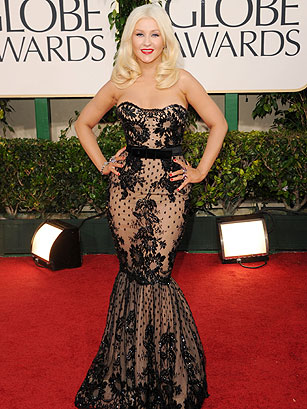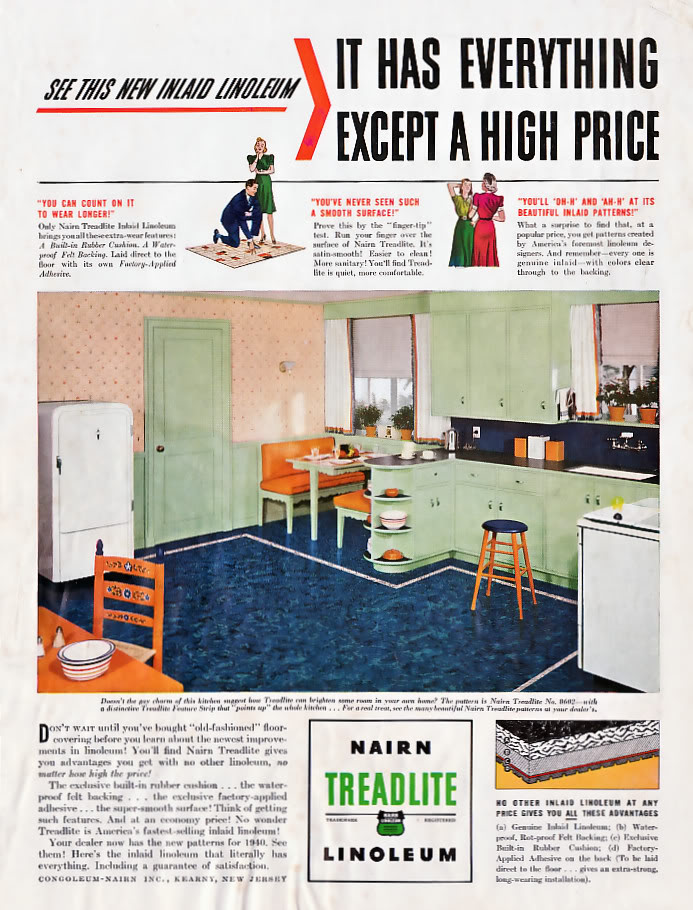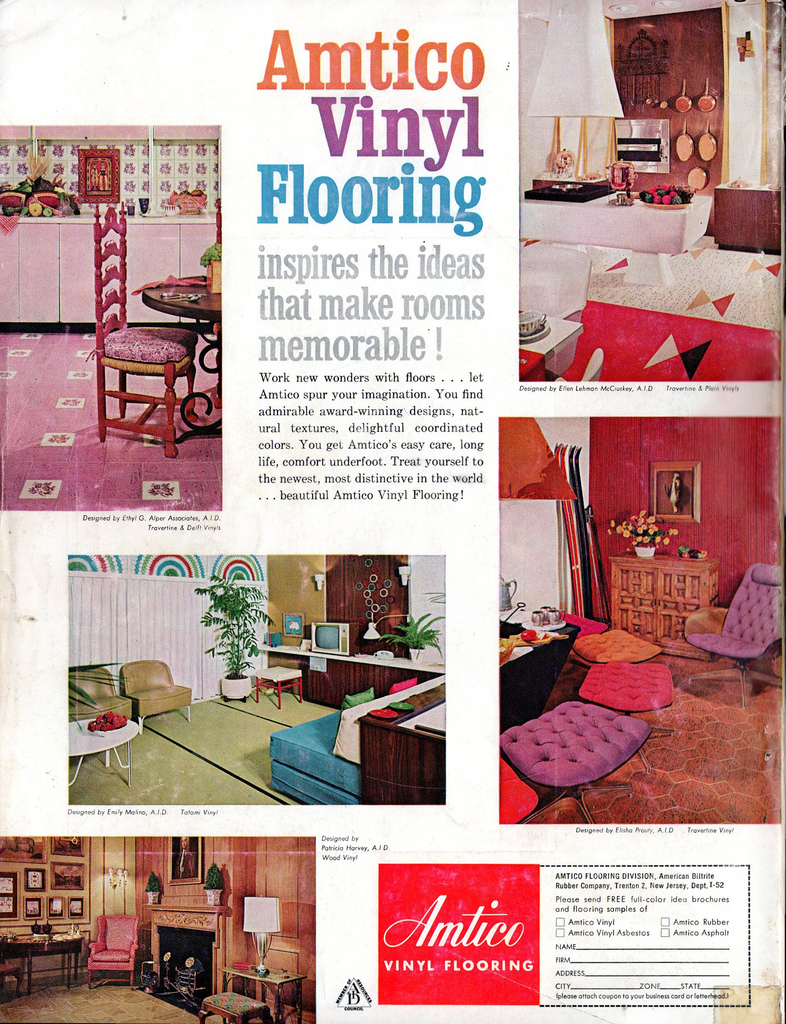Deeb K. and YetAnotherGirl pointed out another example of a woman apparently having her skin lightened on the cover of a magazine. The December 2010 issue of Elle features Aishwarya Rai Bachchan, a major star in the Indian film industry who has also been a spokesperson for L’Oreal and appeared on the “Most Beautiful Women in the World” lists of various magazines. Here’s the cover, with a very pale Bachchan:
Let’s compare to other photo of Buchchan here and here.
Elle was criticized just a few months back for apparently lightening Gabourey Sidibe’s skin tone on the cover as well. At that time, the editor said Sidibe wasn’t touched up any more or less than other women put on the cover. That may be true. But it leaves unanswered the question of why the women’s skin tone is considered insufficiently glamorous or beautiful as it is, and why making these stars’ skin lighter would be seen as a clear improvement.
Gwen Sharp is an associate professor of sociology at Nevada State College. You can follow her on Twitter at @gwensharpnv.

